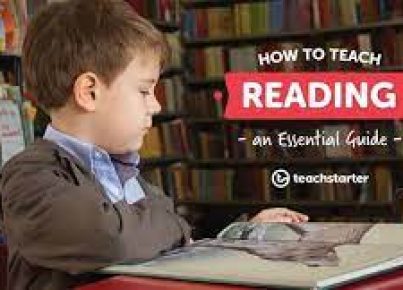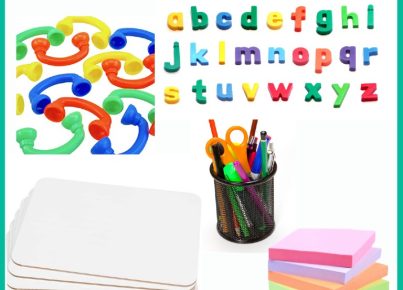Introduction:
Reading is a fundamental skill that lays the foundation for a child’s academic success and personal growth. However, many children struggle with reading, which can severely impact their learning abilities and self-esteem. In this article, we discuss 10 staggering statistics about struggling readers and the importance of addressing this issue to ensure our children have equal opportunities for success.
- According to the National Center for Education Statistics, approximately 65% of fourth-graders in the United States are not proficient in reading. This statistics highlights the prevalent issue of struggling readers and emphasizes the need for effective intervention strategies.
- Research has shown that one in five students has dyslexia, a learning difference that largely affects reading and writing skills. This means that millions of children need targeted support to improve their reading abilities.
- An alarming 74% of struggling readers who cannot read at grade level by third grade will likely experience difficulty reading throughout their school years and into adulthood, as suggested by The Annie E. Casey Foundation.
- Early identification of struggling readers is crucial to assist them in overcoming their challenges. About 67% of at-risk students can achieve average or above-average reading skills if they receive appropriate intervention before first grade, according to research conducted by the National Institutes of Health.
- A study by the American Educational Research Association found that students who don’t read proficiently by third grade are four times more likely to drop out of school. Addressing reading difficulties early on can help reduce dropout rates and boost overall student success.
- Research suggests that only about 35% of US fourth-graders read at or above their grade level, with significant disparities present across racial, ethnic, and socioeconomic groups. This highlights the urgent need for equitable access to quality education and resources for all students.
- A reported 61% of low-income families have no age-appropriate books at home, which can limit a child’s exposure to reading and hinder their literacy development. Initiatives that help distribute books to underprivileged children can play a considerable role in closing the reading achievement gap.
- Studies have shown that parental involvement can greatly help children develop their reading skills. In fact, children who are read to at least three times per week are twice as likely to score within the top 25% in reading compared to their peers who are not read to as frequently.
- According to a Scholastic report, students who read more are more likely to excel academically in various subjects, including math and science. This suggests that strong reading skills can contribute positively to overall academic success.
- Struggling readers often face challenges in various areas of life beyond the classroom, such as reduced self-esteem and limited career opportunities. By addressing reading difficulties early on, we can lay a strong foundation for future success and personal growth for these individuals.
Conclusion:
These staggering statistics underscore the importance of addressing literacy issues among struggling readers. Providing appropriate interventions, early identification, parental involvement, and equal access to resources can significantly contribute to improving student’s overall well-being and future prospects. Our collective effort as educators, parents, and community members can help ensure that every child has the opportunity to develop strong reading skills and succeed in life.





